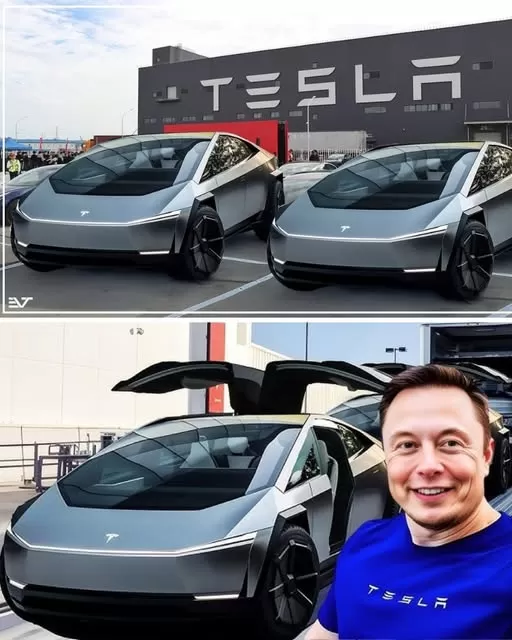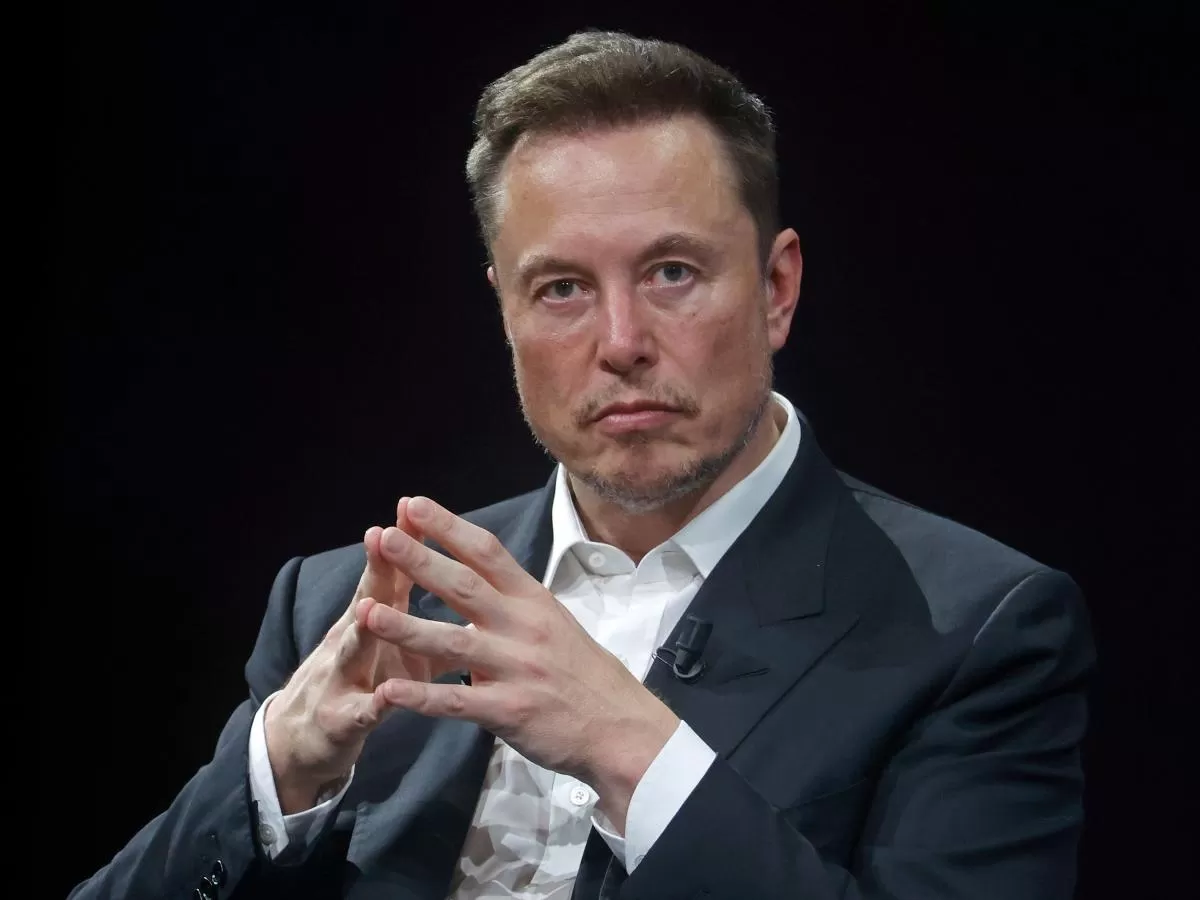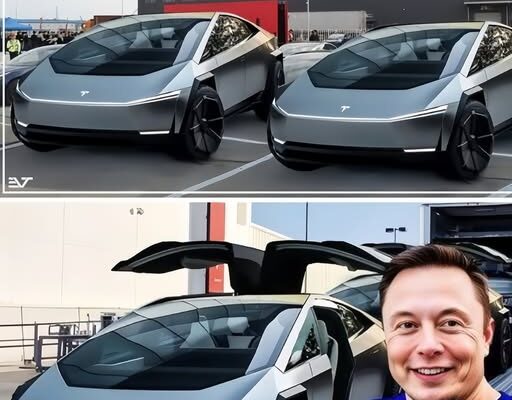In a groundbreaking announcement that sent ripples across the automotive and tech industries, Elon Musk revealed Tesla’s ambitious plan to launch the Tesla Model 2, an electric vehicle (EV) priced under $22,000. Slated for release in late 2025, the news has sparked global excitement and speculation about how this new offering will revolutionize the EV market. Adding to the buzz, Musk disclosed a cutting-edge battery technology that could redefine performance and affordability in electric vehicles.

Tesla’s Model 2 represents a pivotal step in the company’s mission to accelerate the transition to sustainable energy. With its entry-level price point, the Model 2 aims to make electric vehicles accessible to a much broader audience, fulfilling Musk’s vision of democratizing green transportation. As Tesla gears up for this bold move, it’s worth exploring what this announcement means for the EV market, consumers, and the environment.

The Tesla Model 2’s price tag of under $22,000 is a game-changer in the EV landscape. Currently, the high cost of electric vehicles remains one of the biggest barriers to widespread adoption. By offering a budget-friendly EV, Tesla is poised to compete directly with traditional gasoline-powered cars, making the switch to electric not only environmentally responsible but also economically viable for millions of consumers.

The affordability of the Model 2 stems largely from Tesla’s innovative approach to battery technology. During the announcement, Musk highlighted advancements in battery design and manufacturing that significantly reduce costs. These improvements revolve around Tesla’s new lithium-iron-phosphate (LFP) battery, which is cheaper to produce, safer, and longer-lasting compared to traditional lithium-ion batteries. This breakthrough enables Tesla to lower production costs while maintaining the performance and reliability the brand is known for.



